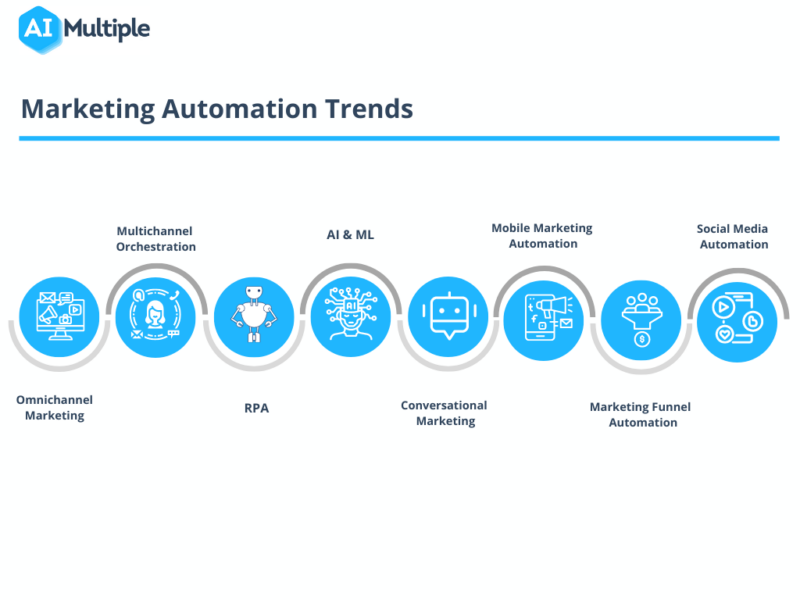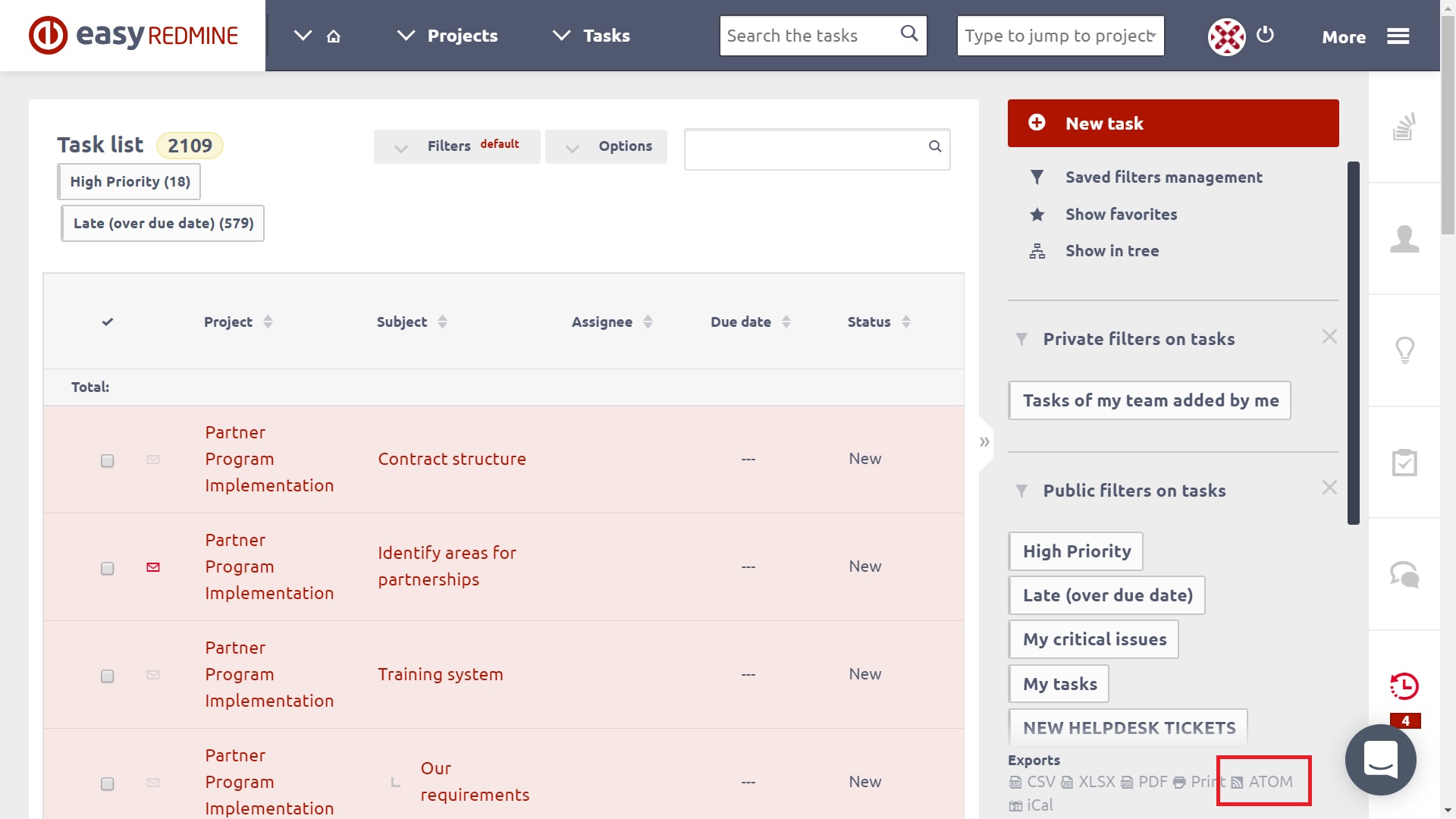
Pardot Marketing Automation is a software-as-a-service (SaaS) marketing automation tool from Salesforce that helps enterprises generate and convert leads into customers. This tool allows businesses to track prospects' online activities, create marketing campaigns and analyze their prospect behavior.
Pardot uses Salesforce's world class CRM platform. Packages include Growth, Plus and Advance. It's ideal for B2B small and medium companies who want to improve their online presence and generate more leads.
It includes a wide range of features, such as closed-loop report generation and flow visualizations. It allows users to make quick course corrections and improve the effectiveness.
Marketing automation is designed to help you create content and messages that are tailored for your audience. This is done based off their preferences and behaviors. This is the way you can attract and predict leads' buying paths, allowing them to be directed towards your sales staff with the highest chance of a successful deal.

With Pardot, you can assemble user's email addresses and use pre-designed templates to create personalized campaigns that are geared toward specific demographics. It also provides an in-depth analytics dashboard, enabling you to track consumer behavior and customize campaigns accordingly.
Despite its popularity, many marketers are struggling to leverage Pardot properly. It could be because of a lack in knowledge or experience about using Pardot.
If you're not sure which software solution is right for your business, here are a few things to keep in mind when choosing the best marketing automation tool.
First, consider your budget and current marketing initiatives. If you have a small marketing team or are already using tools like social media and advertising, it may be better to go with a solution that offers all of the basic tools you need, like Marketing Cloud.
Then, determine your marketing goals and the target market for your business. If you're a B2B company with a long sales cycle and a high-end product or service, it's likely that Pardot is the better fit for your marketing strategy.

The type of integrations required is also important. Most major marketing tools available are integrated into CRMs, CMSes, and other systems.
The platform you choose should be able to integrate with all the tools you require, including your website and CRM. In this way, you will get the maximum benefit from your marketing efforts without having to change platforms or hire additional people to maintain integrations.
FAQ
Can you automate with SQL?
SQL can automate business processes at any size, no matter how small or complex, and it does so regardless of its complexity. It automates manual steps like searching in tables or manually entering data.
SQL can be used to quickly traverse through thousands or hundreds records in a data base table by using one command. It is also possible to quickly convert data into graphical visualizations that are more understandable for everyone.
SQL allows you to unlock crucial insights about customers, products, and activities by running powerful queries over structured datasets. This allows you to increase accuracy while decreasing the time spent on mundane tasks.
You can also easily configure and schedule automated reports that refresh on their own so no one misses out on a single detail. It saves time that would otherwise be needed to travel outside of the office. SQL excels at delivering the best of both worlds, whether it's efficient tracking across departments or simplifying the way teams communicate their critical findings.
SQL is great for automating complex calculations or data manipulation tasks. SQL can be used as a tool to automatically create reports, trigger notifications, or trigger other processes based upon certain conditions. This simplifies workflows while ensuring that everyone is always up-to-date.
SQL can also be used to automate marketing activities like email campaigns and website analytics. You can use SQL to create automated campaigns that target specific customer segments or track the performance of your website in real time.
What are four key characteristics of marketing automation software
Marketing automation software promises digital marketing tools that simplify and improve digital marketing. It also provides meaningful insights based around your business goals. You can make tangible improvements in efficiency and drive results with the right marketing automation software. Here are four of the most important features:
-
Automated Campaigns: Make it easier to manage complex campaigns more efficiently by leveraging automated tasks that trigger based on user behavior or other events.
-
Analytics & Intelligences: Use advanced analytics for insight into customer behavior to optimize future campaigns.
-
Customer Segmentation: Use customer segmentation to make sure that each campaign is personalized and targeted for maximum success.
-
Messaging: Automatically send messages to customers that are specific for them. This will increase both customer satisfaction and response rates.
Businesses can save time by using the right marketing automation tools to create customized customer experiences. Automated marketing tools can be used to segment customers according to their behavior and preferences. They also track customer activity and engage with them. You can then send customized messages to each customer segment. Marketing automation is a vital tool that businesses can use to succeed in today's competitive marketplace.
How do I automate WordPress blog posts?
Automating WordPress blog posts means that content is published on your blog automatically according to a scheduled or event. You can accomplish this by setting up an RSS feed and other automation services that offer automated content. You must also set up triggers. These can include when the post should appear and who should receive notification when it does. The ability to set rules to optimize automatic posting ensures that your content reaches the right audience at the right time, without having to manually monitor it daily.
Using plugins like Jetpack or Blogger Tag Editor helps in automating a WordPress blog post by offering better control over automated posts with features including allowing for scheduling of posts and customizing publishing date & time, author details, categories & tags for each article before it is published. Some plugins allow you to integrate your blog into different social media platforms. When you publish a new article, it will be shared across all of your channels.
Automating WordPress blogging requires careful setup and monitoring; mistakes can lead to inaccurate indexing by Google and other search engines which may result in lower ranking as well as potential customer retention loss due to broken links or outdated information from 3rd party providers. Site visitors who subscribe to email updates or receive news updates from third parties can have a better experience by ensuring that data is delivered promptly from external sources. This helps them stay in line with SEO guidelines.
With the proper implementation of automation processes for WordPress blogging platforms, publishers are able to save time and resources while still generating quality content that keeps their readers engaged without having to worry about manual postings every day. Automated blogging solutions can't guarantee success, but they can provide benefits such as increased efficiency and cost savings, as well as higher customer engagement rates when used properly.
WordPress marketing automation can be used for automating other aspects of digital advertising. Automation tools can also be used to manage social media posts, emails, and other online activities. Automated emails can easily be sent to multiple recipients with personalized messages. Automated social posts can be set up in advance and sent at the right time to maximize engagement. Automated analytics can help marketers track the performance of their campaigns and make data-driven decisions. Automating mundane tasks helps businesses save time and allows them to spend more on creative activities.
Personalizing customer experiences can be achieved by marketing automation. It is possible to use automation tools to identify the interests and preferences of customers, allowing businesses tailor content and offers to their target audience. Personalized messages can be sent to customers via automated emails that are based on past purchases and browsing history. You can tailor automated social media posts to specific audiences. Automated analytics can help businesses track the performance of their campaigns and make data-driven decisions.
The conclusion is that marketing automation is a powerful tool for digital marketers who want to reduce the time it takes to manage their marketing campaigns. Automation tools can be used for email campaigns, posts to social media, and other online activities. Automation helps companies save time and allows them to focus on more creative tasks. Automation can be used to personalize customer experience, allowing businesses the ability to create content and offers more relevant to their target audience.
Which marketing automation system is the most effective?
Trying to find marketing automation that works best for your organization can be difficult. There are so many options, it can be hard to decide which one is the best.
It must be easy to use, save time and money. It should generate leads and improve customer retention.
It must be reliable, easy to use, and provide excellent customer support in the event of any problems. It should be capable of performing activities such email campaigns, segmentation and behavior of customers, multi-channel nurturing, insight reporting and intelligent analytics to understand customer behaviour.
But, it is essential that it can give you visibility over customer journeys. It can also generate actionable insights about what will trigger customers to purchase so you can build an effective strategy that meets those needs.
Look for easy-to-use features, data-driven progress reporting at every stage of the customer's lifecycle, and robust personalization capabilities when selecting a marketing software system. This will help you to know if you're a winner.
Statistics
- Marketing automation is one of the fastest-growing technologies out there, according to Forrester's Marketing Automation Technology Forecast, 2017 to 2023. (marketo.com)
- Companies that implement this kind of lead scoring enjoy 28% better sales productivity and 33% higher revenue growth than companies without lead scoring (MarTech Alliance). (marketo.com)
- The stats speak for themselves: Marketing automation technology is expected to show a 14% compounded annual growth rate (CAGR) over the next five years. (marketo.com)
- It can help reduce administrative overheads to savings of 3.4% on average, with most companies saving between 1.5% and 5.2% (Lido). (marketo.com)
- Even if your database is currently filled with quality leads, how effective will your marketing automation be when you've either converted all those leads into customers or when your database begins decaying by ~22.5%/year? (hubspot.com)
External Links
How To
How can I use automation to personalize my content-marketing efforts?
Automated personalization is a process that leverages data-driven insights and automated technology to customize content for different personas, interests, and behaviors. This helps you create personalized marketing experiences based on how each individual interacts with your brand. Automation can be used for increasing the relevance of your message using segmentation and targeting strategies.
It is easier for people to connect with your brand if you tailor your content to their needs and preferences. Automating tasks also allows you to focus on more important tasks such as creating high-quality content and strategizing how to reach the desired audience.
Segmentation is the key to personalization. It allows you to break down your audience into smaller segments so that you can target them better. This process can be automated by looking at past campaign behavior patterns. You can quickly create segments based upon language, interests, demographics and even purchase history. From here, you can create messages tailored for each group. This is a better approach than simply sending one message to all users.
Targeting works together with segmentation. Now it's time get the messaging right. By landing relevant offers or ads at the perfect times, you can target your audience. This could mean targeting particular pages or channels of an email campaign or placing banners to various micro-targeted places - data intelligence transcends traditional methods of finding potential leads, such as direct mail or cold calls.
Optimizing is the last step. It allows marketers to make minor adjustments during ongoing campaigns to improve results. Customer actions can be used to personalize messages and further personalize them. Businesses now have powerful tools to ensure customers receive customized messages. This includes analyzing past campaigns and making real-time adjustments.
Automated Personalization helps brands segment audiences quickly and optimize engagement via real-time adjustments powered through data analytics.